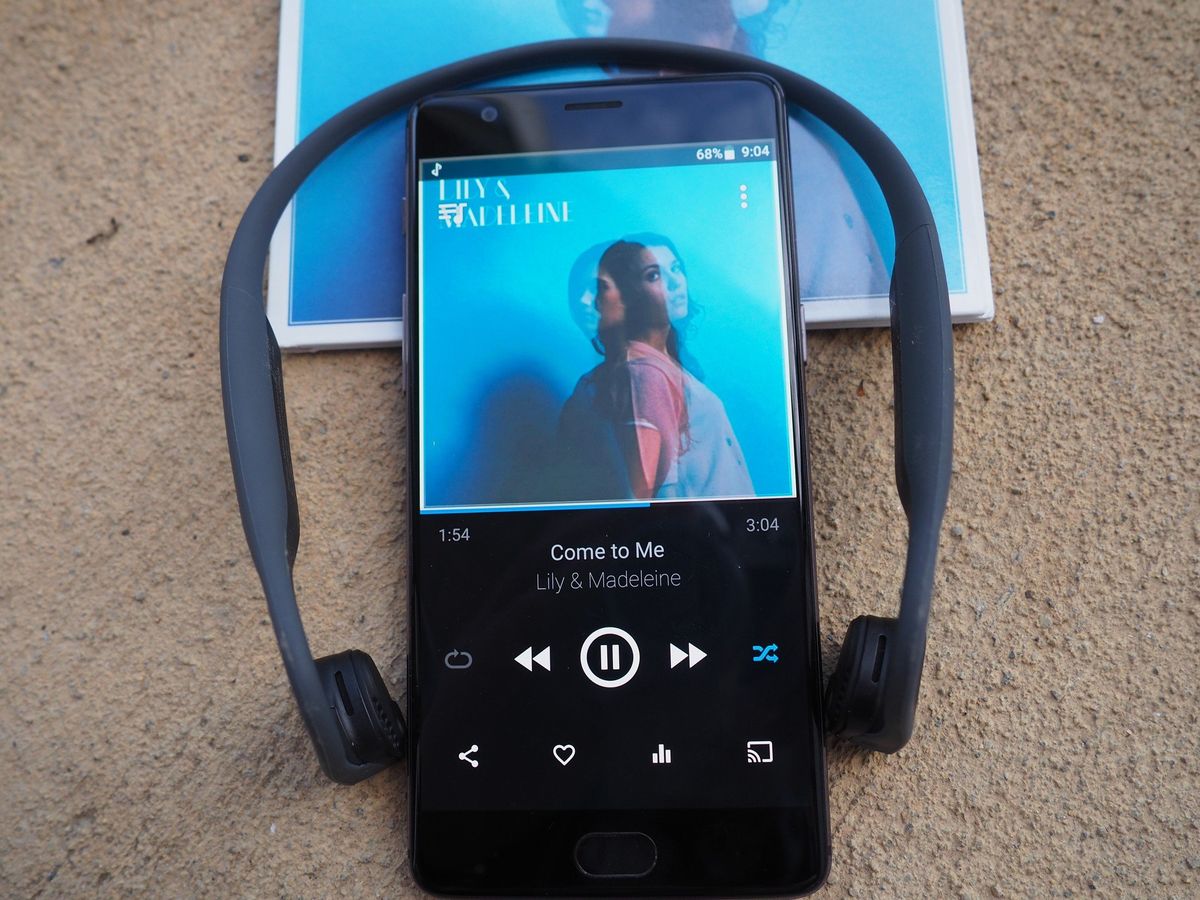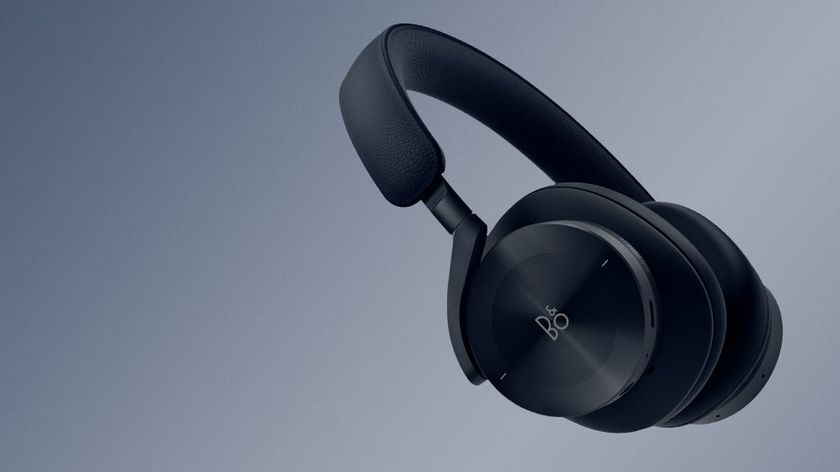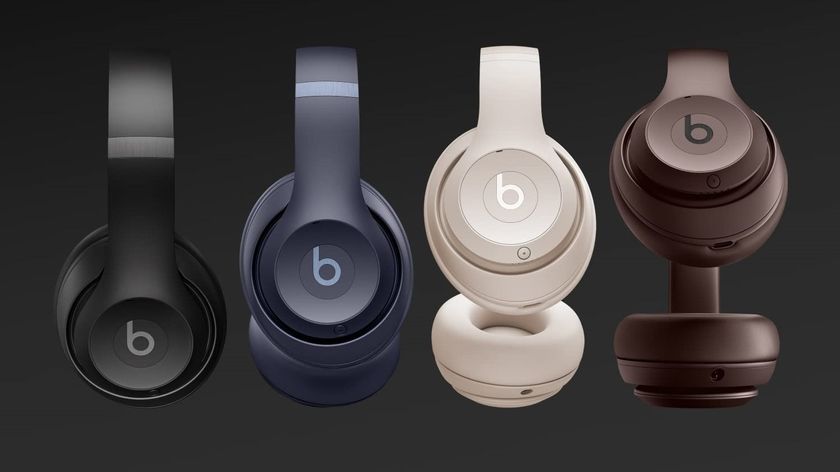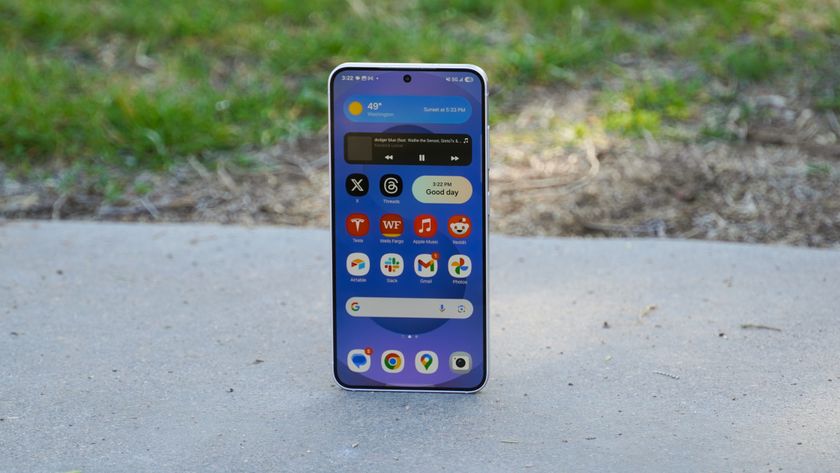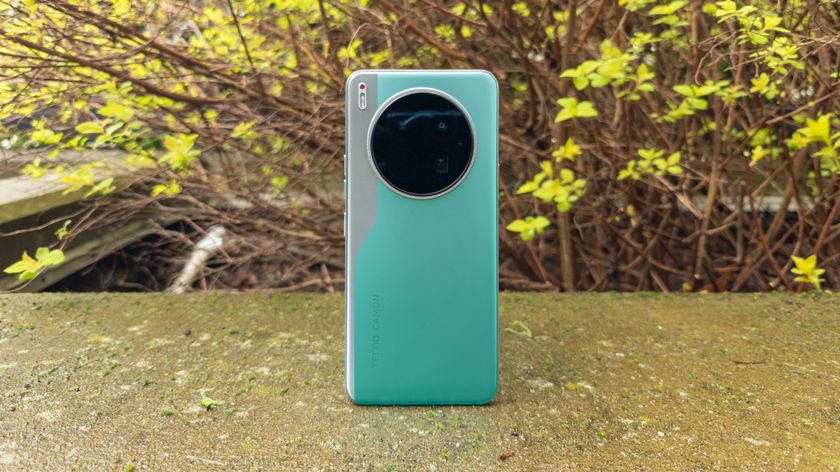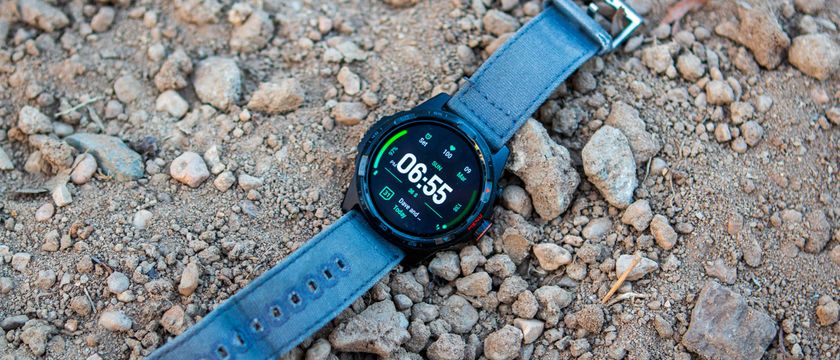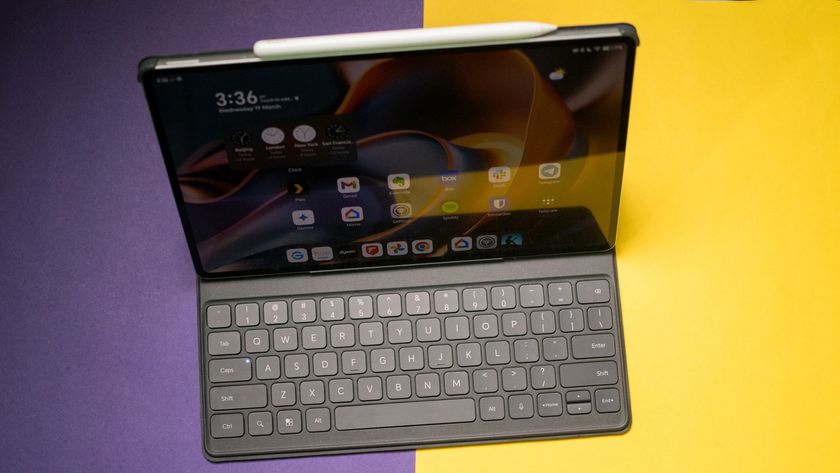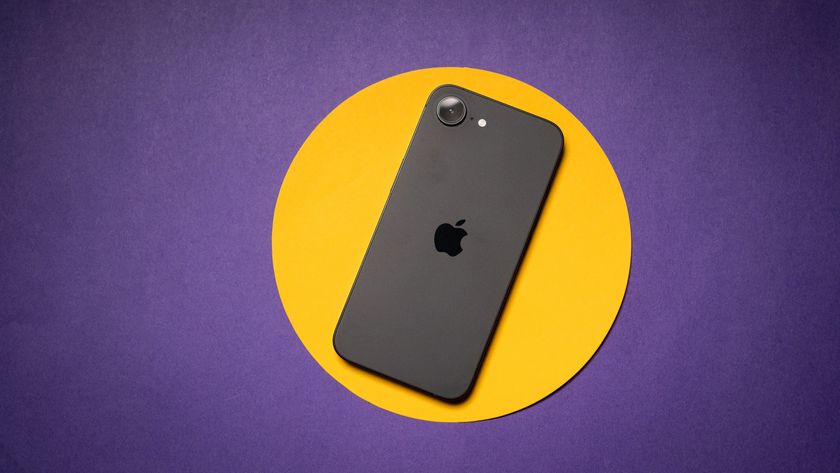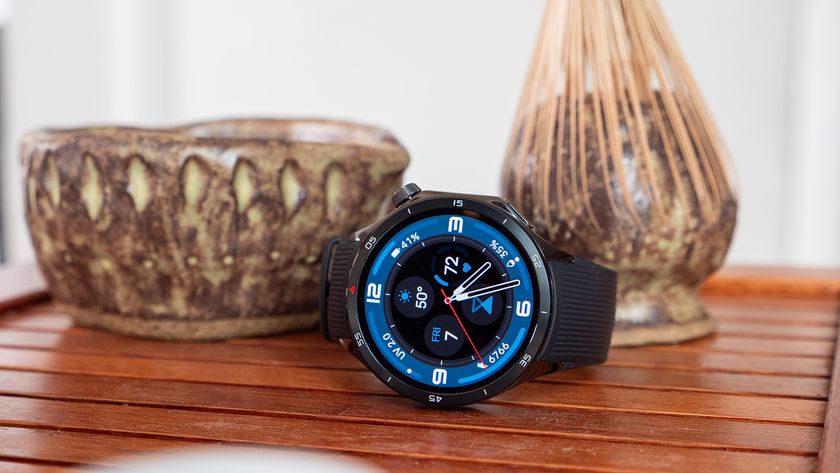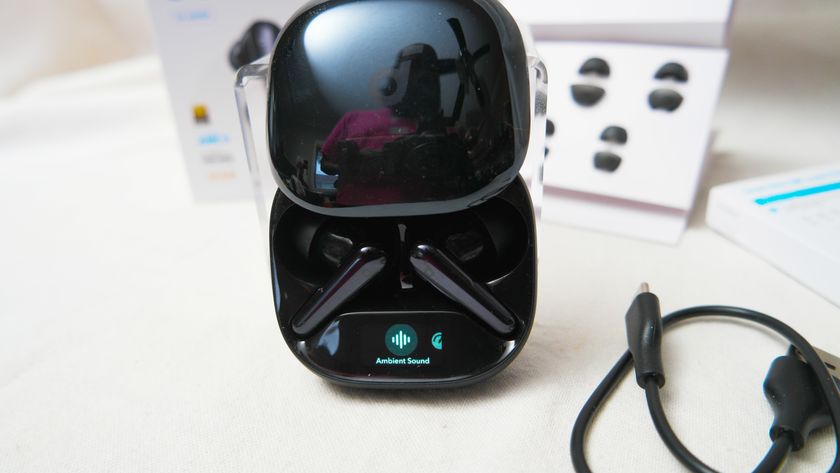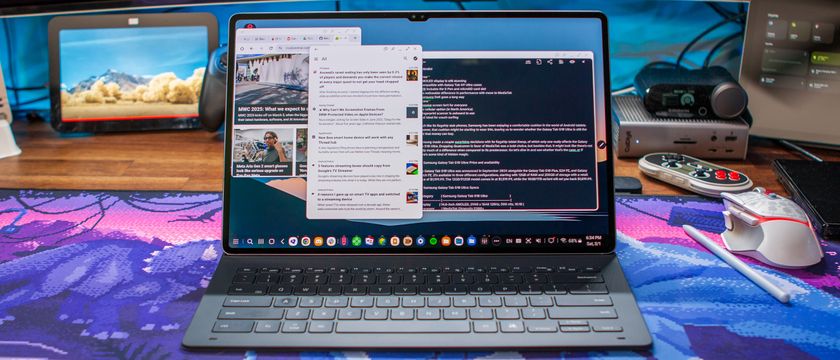While I've been quick to lament the disappearance of the 3.5mm headphone jack from some smartphones, I converted to Bluetooth audio a few years ago with my first pair of Jaybird Bluebuds X. Charging them every few days was inconvenient, but it was well worth it to have a wireless pair of headphones for running or weight lifting.
Before this, I had an incident where my headphone wire getting caught on a tree branch, painfully ripping the earbuds out of my ear. It happened only once, but that was once more than I would have wanted.
Flash forward a few years, and it's easier than ever to get a good pair of Bluetooth headphones without spending a lot of money. Whether your preference is toward in-ear, on-ear or over-ear, it's really easy to find something without spending nearly as much as you would on higher end brands.
But the Aftershokz Trekz Titanium wireless headphones are different — in a good way. Let's see why, and whether they're worth your time.
Why I went for the bone (conduction)

Bone conduction is unlike anything you've experienced before.
A couple of months ago, I decided to start riding a bicycle in hopes of living past the age of fifty. This presented a unique problem: I could skip listening to music while riding my bike and hate the experience; I could listen to music with my earbuds and obstruct the noises of traffic; or I could use my Sony MDR-1000X headphones, which have a cool feature where they pipe in surrounding noise.
The problem with the second option is obvious: if I can't hear surrounding traffic while I ride my bike, I could very easily end up dead. The third option is safer, but still less than ideal because the over-ear design of the headphones would keep sweat trapped around my ears and make the headphones themselves disgusting.
With that, I decided to try a pair of bone conduction headphones, which work by placing the headphone drivers outside just outside of your ears, with the contact points of the headphones remaining in place just outside the ear canal. The contact points cause vibrations to move down your cheekbone, transmitting sound to the brain.
There's a much more in depth explanation here, but long story short is you'll be able to hear your music while also hearing everything from your surroundings, since your ear canals are completely unobstructed. Because of this, they are much safer to use for bikers and anyone else listening to music in a high traffic setting.
I've been using the Aftershokz Trekz Titanium headphones for about a month and a half now, for at least an hour per day. The headphones come included with a m=Micro-USB cable for charging, ear plugs for those that work in high volume areas like construction zones, and a storage bag that I have not seen since opening the box for the first time. Unlike traditional earbuds, the fit on the Trekz Titanium can't be adjusted whatsoever. I was lucky in that they fit me perfectly, but I can't universally recommend the headphones because they just won't fit everyone — it's important to do your research beforehand.
First impressions — knocking me on my ass
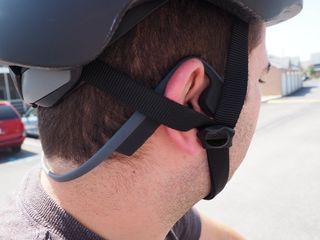
The headphones paired without issue, and I began listening to music. And by "listening to music," I mean I had to sit down immediately from the assault on my head. The first song I listened to after putting on the headphones was Come to Me by Lily and Madeleine, and while that song isn't particularly bass-heavy, the notes were still strong enough to knock me on my ass at full volume.
Once I got the volume down to a dull roar, I adjusted quickly to the unique way the headphones transmit sound into my ears. I spent two or so hours trying different genres to find out how each song would feel on my ears. Then it came time for the ultimate test: wearing the headphones while bike riding. Again, I was super fortunate in that the headphones fit underneath my helmet without any issues. With my phone kept in my backpack for the bike ride, I never experienced any connection issues or interference. Nor did I have any issues in a crowded gym full of other people and their Bluetooth devices.
With these headphones, I could comfortably hear my music while also hearing all nearby traffic, from quiet cars to emergency sirens.
Before taking off on my first bike ride with the headphones, I played with the volume a bit to find out what the best level would be. At higher volumes, it is absolutely possible for the headphones to drown out any surrounding noise, negating the benefits of this design. At low-medium volumes, I was able to comfortably hear my music while also hearing all nearby traffic. I could hear cars approaching to pass me, or sirens from emergency vehicles. It sounds trivial, but the open design of these headphones really improved my bike riding experience.
Using them in the real world
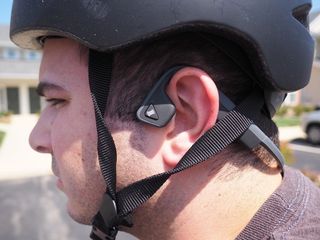
Besides bicycle riding, there are a few other environments where the open design really shines. Being able to hear nearby people in the gym is nice, so I don't feel like a jerk for ignoring people who ask if I'm almost done with a weight bench. It's also good for people like me who always looks and listens for someone who may be injured. The headphones were also fantastic to use while I was moving, since I was able to hear my neighbors while I was loading my U-Haul van. I also used them for the drive itself, since my rental van didn't have an aux port. Again, I was able to hear car horns and sirens without a problem. Finally, while I don't do this myself, the headphones would also be fantastic for an office environment so one could hear their music and coworkers at the same time.
There are some usability issues, but they don't outweigh the benefits of these headphones.
Two areas I'd like to see future versions improve would be battery life and the controls. The headphones are advertised with six hours of battery life, which is approximately what I get. Not bad, but not great. I also wish there was some sort of battery level announcement. Instead, the headphones give one low battery warning, and five minutes later they power down.
The volume controls are difficult to get to, since they rest on the bottom right arm of the headphones. The play/pause/skip/answer phone calls/hang up phone calls button is located on the left "earbud," and I'm not proud of how many times I held it down thinking it was the power button. Instead, the power functions are triggered by holding down the volume up button. Not the hardest thing to adjust to, but certainly different from any other headphone I've used.
At the end of the day, the Aftershokz Trekz Titanium headphones are a very specific product for a very specific user. Battery and control issues aside, these headphones are phenominal for me. I still can't universally recommend them because of the distinct way they fit onto a head, but they're worth trying at the very least. The slate grey version I've been using retails for $99.99, which is a fair price in my mind. There are also blue, green and pink options for a little bit more money. For those that don't mind using a wire and want to save a bit of money, there is a wired version for $40 less.
